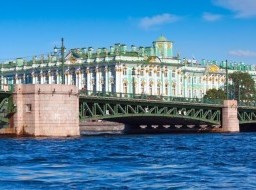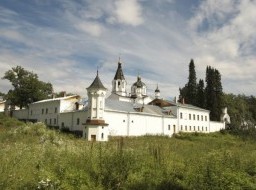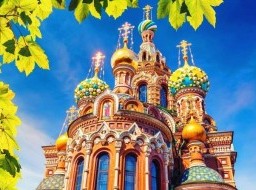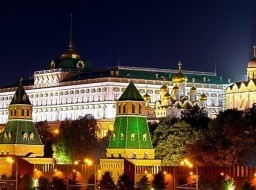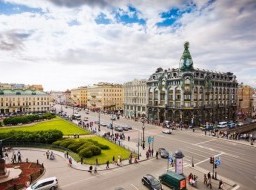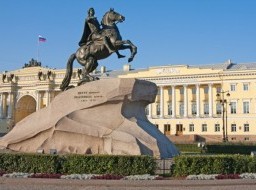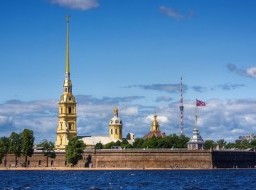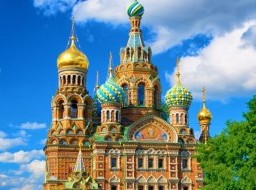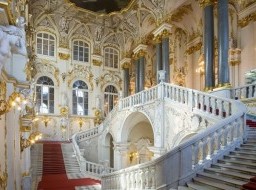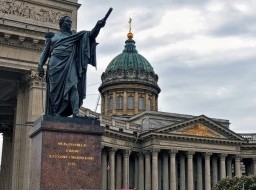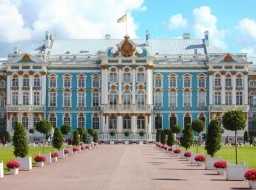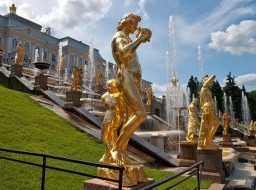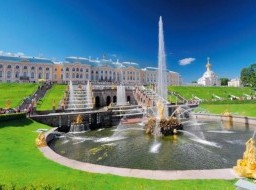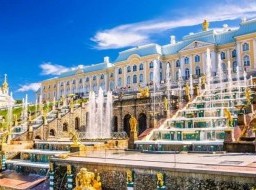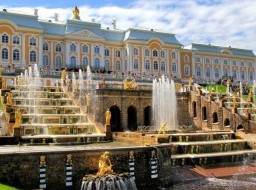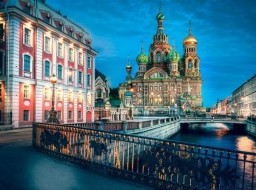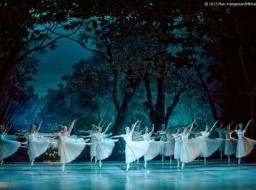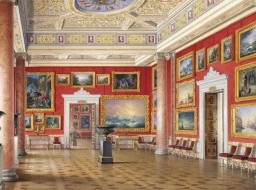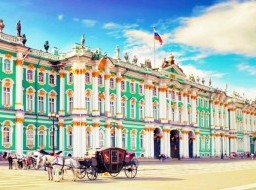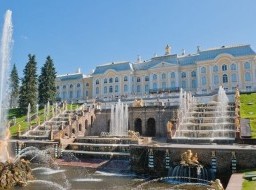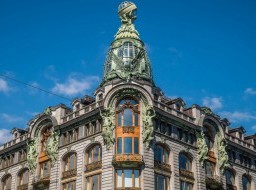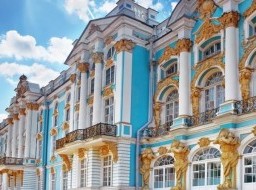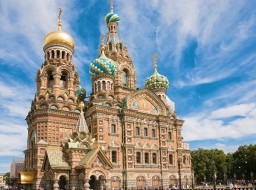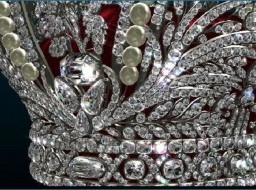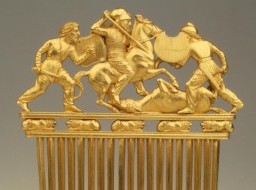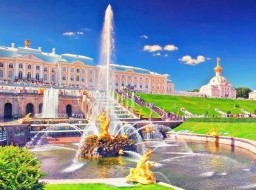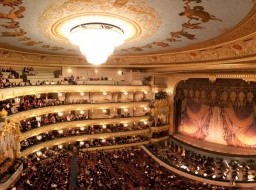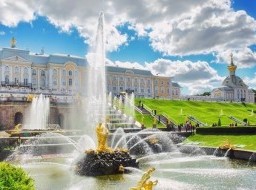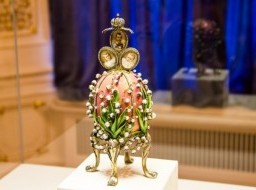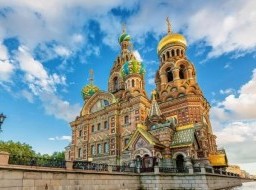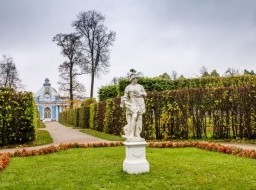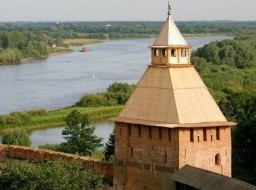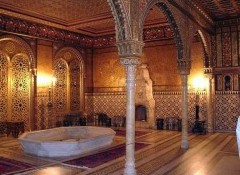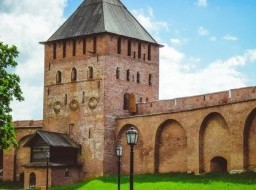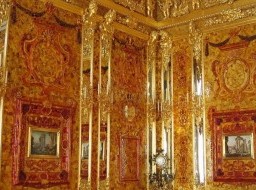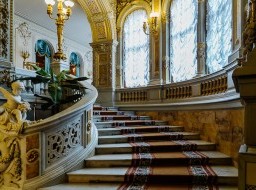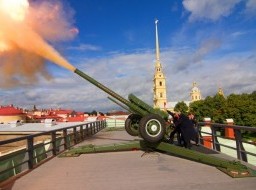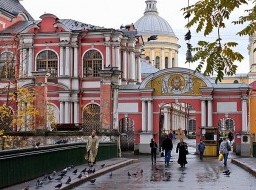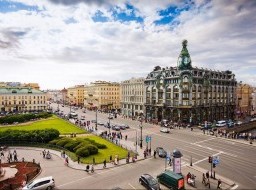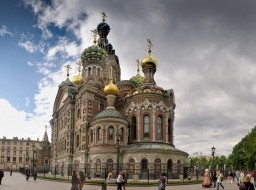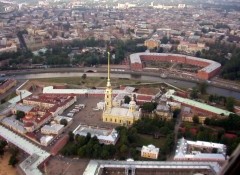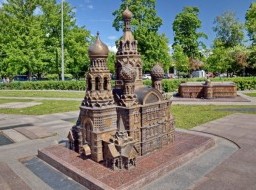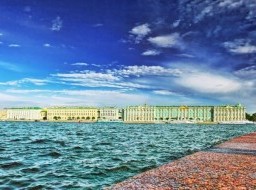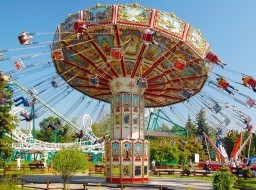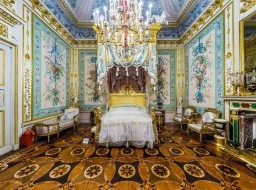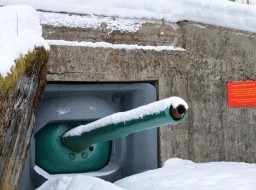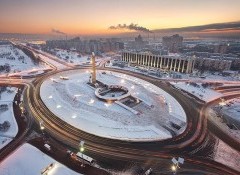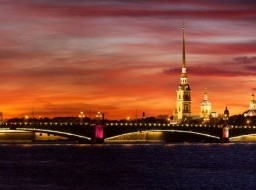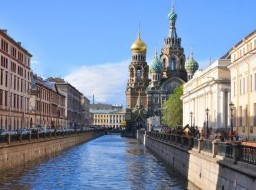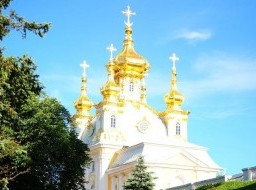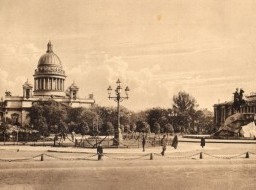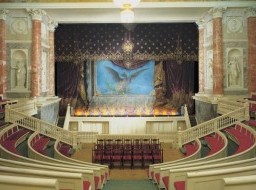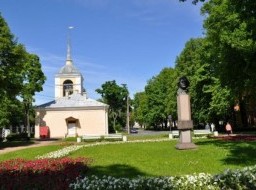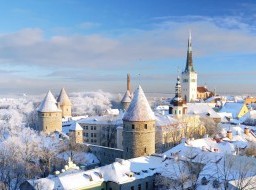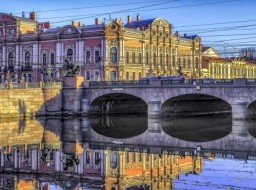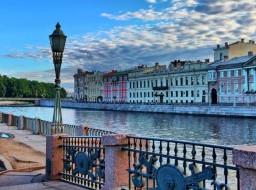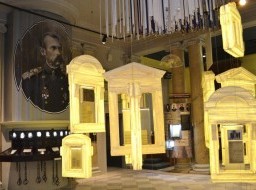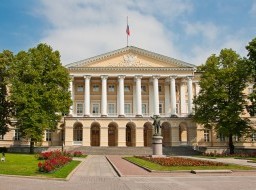Amber room
The Amber Room is one of the most famous, mysterious, and majestic rooms of Catherine's Palace in St. Petersburg. Often hailed as "the eighth wonder of the world," it is an opulent room adorned with gold and precious amber. When Peter the Great met Frederick William I in November 1716 to mark the conclusion of an alliance between Russia and Prussia, the King gave the Emperor gifts that included the Amber Study. Peter wrote at the time to Empress Catherine: "The King has made me the elegant present of a yacht which was finely decorated in Potsdam and the amber study which I have long desired." The Amber Room was used by the Russian royals to entertain and impress foreign guests and dignitaries. The walls, covered in thousands of individual amber pieces put together to form mesmerising baroque designs, were a real statement of wealth and beauty. For centuries, the Amber Room was a symbol of Tsarist prestige. Admire the beauty of this amazing room, electrically alive with solidified golden light. Empress Elizabeth, found a use for the precious gift from Berlin in the new residence that was being built for her – the third Winter Palace, where she ordered the amber panels to be installed in 1743. The Amber Room assembled in 1746 began to serve as the setting for official receptions, although the ongoing reconstruction of the Winter Palace led to it being moved from place to place more than once. In July 1755 Elizabeth ordered Rastrelli to create a new Amber Room in the Great Palace at Tsarskoye Selo (the Catherine Palace). A special detachment of men was sent from Tsarskoye Selo and they carried the crates by hand from the capital to the suburban residence. That is how the new, almost two-century glory years of the "eighth wonder of the world" began in its second homeland, Russia. To create this extraordinary chamber, Rastrelli used the panels of amber mosaic originally destined for an Amber Cabinet at Konigsberg Castle and presented to Peter the Great, and surrounded them with gilded carving, mirrors, more amber panels created by Florentine and Russian craftsman (comprising a total of 450kg of amber), and further mosaics of Ural and Caucasus gemstones. The hall allotted to the Amber Room in the Great Palace had a floor area of 96 square metres, considerably larger than its previous dimensions. Rastrelli placed the panels symmetrically on the middle level of the walls, separating them with pilasters containing mirrors and embellishing the room with gilded woodcarving services were again enlisted to install the panels on the walls. The room was completed in 1770. The hall had acquired its final appearance. Due to the fragility of the materials used, a caretaker was employed constantly to maintain and repair the decorations, and major restoration was undertaken three times in the 19th century. The room was adorned by marquetry chests of drawers made in Russia and Chinese porcelain. Here too, in glazed display cases, was one of the most significant European collections of amber articles made in the seventeenth and eighteenth centuries by German, Polish and Russian craftsmen. Since abrupt changes in temperature, the use of heating stoves and draughts badly affected the amber, the room was refurbished three times in the nineteenth century alone. In the first days after the Nazi invasion in June 1941, the evacuation of museum treasures from the Catherine Palace began. Due to the fragility of the amber panels it was decided not to dismount them, but to conserve them in situ: paper was pasted over the panels, then gauze, after which they were covered with cotton wool and wooden boards. When German units reached the town of Pushkin, the amber panels were removed and dispatched to Königsberg. The plundered amber panels were exhibited together with the carved and gilded doors were exhibited in one of the halls of Königsberg Castle, which contained a museum of amber. Its director, Alfred Rohde, wrote in 1942 that the Amber Room, returned to its homeland, was Königsberg's finest adornment. This was the last place where the unique creation was displayed. In 1944, as the Germans retreated, the panels were again dismounted and dispatched to an unknown destination. From that moment the trail of the Amber Room is lost. All searches up to now have been fruitless. In July 1979 the Council of Ministers of the Russian Soviet Federal Socialist Republic took the decision that the amber panels should be recreated. Work on them began in 1983. A year later the Amber Room already had a ceiling painting, the upper tier of the walls, painted in imitation of amber, and a patterned parquet floor. The locations of the amber panels were temporarily covered with cloth. In 1994 the first of the lower amber panels and the corner table, recreated by the restorers of the Tsarskoye Selo amber workshop, were installed. Two years later the craftsmen completed work on the first Florentine mosaic: Sight. In April 2000, the late eighteenth-century Russian-made marquetry chest-of-drawers and the Florentine mosaic Touch and Smell, elements of the original room that had been found in Germany, were returned to the museum preserve. Work on the recreation of the "eighth wonder of the world" lasted twenty-four years and on the occasion of the 300th anniversary of the foundation of St Petersburg the restored legendary Amber Room received its first visitors. The magic of this masterpiece of Prussian art, the focus of a host of legends, led to the production of the "eight wonder of the world" – the recreated Amber Room that we gratefully received from the hands of Russian craftsmen. |
|

